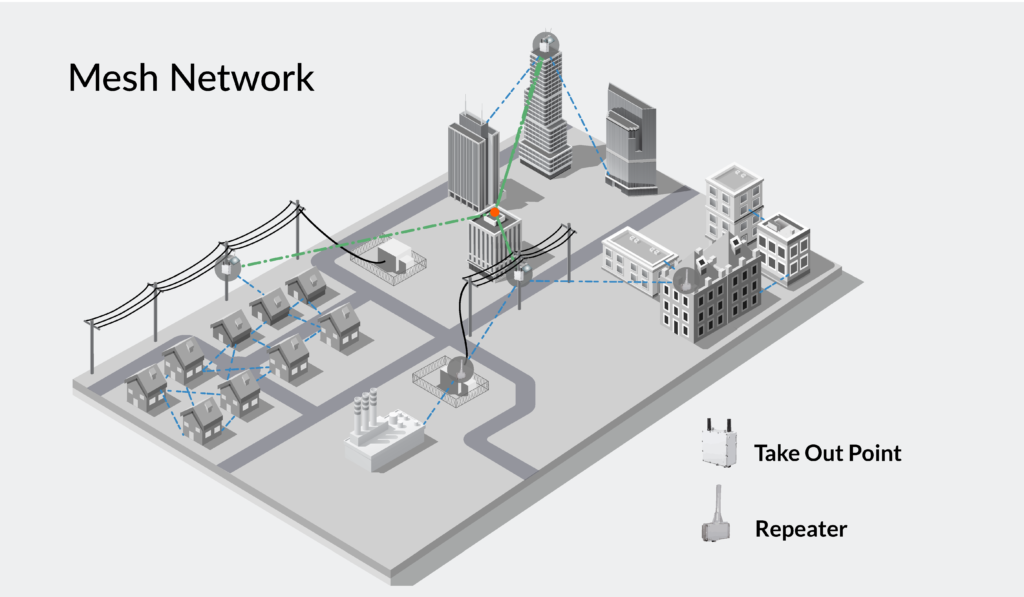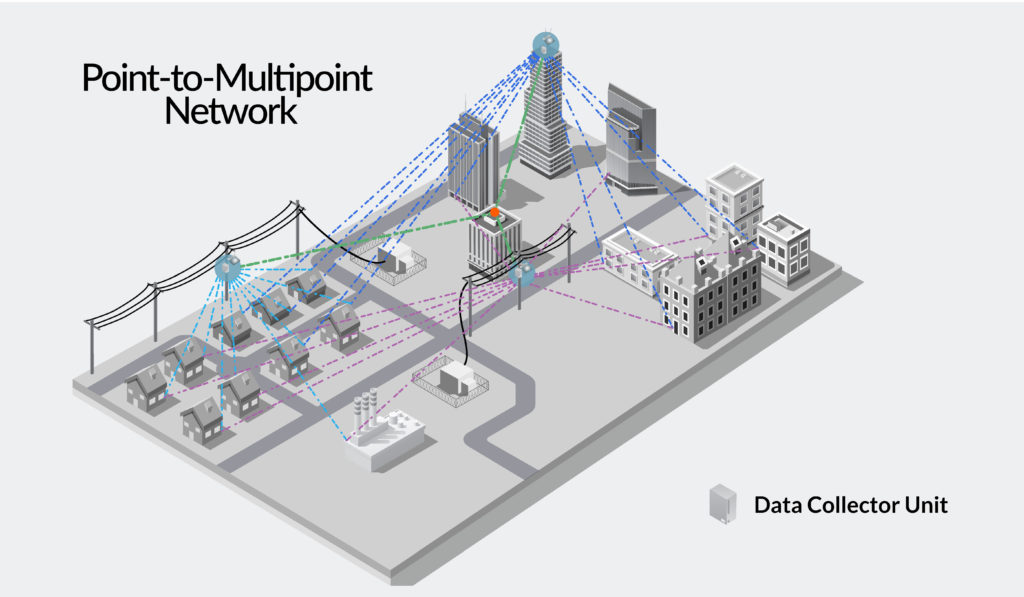
Our century-old distribution system has aged remarkably well, but the centralized, top-down power system with electricity flowing in one direction is now outdated. A 2015 Department of Energy (DOE) report noted that 70% of power transformers were 25 years of age or older, 60% of circuit breakers were 30 years or older, and 70% of transmission lines were 25 years or older.
As a result, our aging grid infrastructure can barely keep up with current requirements for power, much less accommodate the accelerating numbers of distributed energy resources (DERs) that have created new complexities that go well beyond the management of two-way power flow.
Distribution automation (DA) solutions promise to help utilities manage these modern grid stressors by allowing utilities to extend the lifespan of current equipment, lower operating costs, improve transparency across the network, and bolster customer satisfaction. But DA solutions also must be supported by the right network infrastructure.
That’s where choosing the correct advanced metering infrastructure (AMI) network to meet your utility’s requirements comes in. There is general agreement that DA solutions are best supported by radio frequency (RF) networks. However, which RF network configuration – point to multipoint (P2MP) or mesh – is right for you?

Data travels through multiple endpoints in mesh RF networks before being sent to the utility from a takeout point. This results in indeterminate latency, making it difficult to use mesh networks for applications that require deterministic latency, like DA.

In point-to-multipoint networks like Aclara’s, multiple collectors capture data from end points and sensors, ensuring that data is not lost if a collector goes down.
P2MP networks generally have 3 major benefits over mesh networks:
1. Latency
P2MP networks offer deterministic, near-real-time latency, which is important because it makes it possible to accurately determine how long it will take to process data collected from the DA device. Without being able to predict latency, application performance may suffer.
2. Resilience
Most point-to-multipoint architectures have built-in resilience. That is because the information from meters and other critical devices is sent to multiple takeout points, which can store the data for up to 35 days or more. This redundancy assures utilities that they will not lose data critical for running operations.
3. Prioritization
For sophisticated control and monitoring transactions, you want to handle alarms and other time-critical data before information such as meter reading. Data can be prioritized on P2MP architectures more easily than on other types of RF networks, without concern for a flood of data crashing the network.
The evidence is ample that electric utilities are increasingly turning to P2MP networks as they pursue DA and other initiatives because of the technology’s benefits over other network architectures. For a deeper dive into the benefits of P2MP networks over mesh networks, including two recent case studies, download our new playbook, Get to the Point.